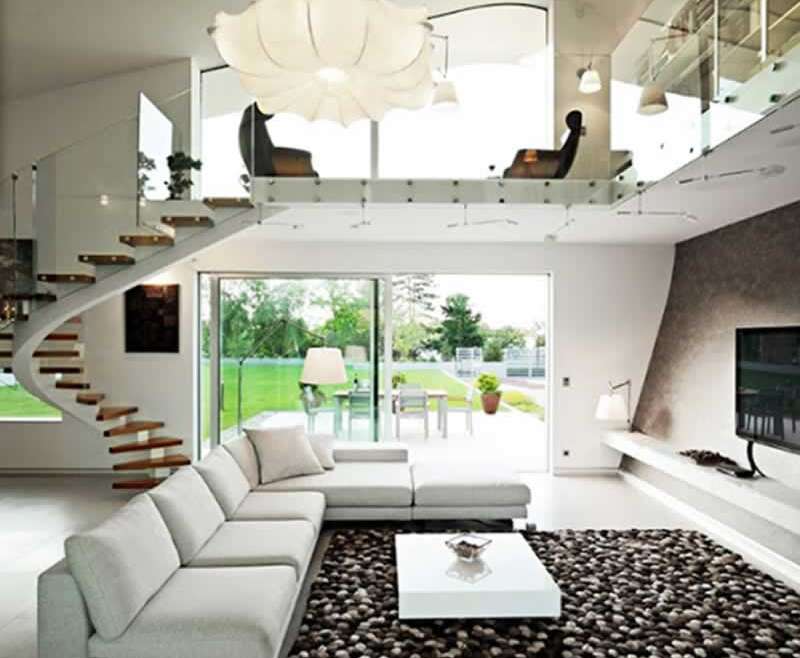We want to live better: more comfortable, more stylish, more efficient, more colorful, more intelligent and greener. The experts from Imm Cologne name the most important trends observed at the fair.
Sustainable and rustic design
More and more people are trying to change their behavior as consumers in order to achieve a sustainable society. Your decisions, including when choosing furniture, are evaluated with regard to climate neutrality. The history of the product – how, by what, where and by whom it was made – is becoming increasingly important. Design must be qualitative, attractive and “green”. Natural materials are used not only for comfort, but also for environmental reasons. The interest in recyclable materials is growing. Plants, greenhouses and untreated fabrics become important interior elements. They are complemented by rattan, wicker or bamboo weaving, which gives the house a winter garden feel. This trend for 2020/2021 supports the interest in the Scandinavian style, the natural, rustic lifestyle and the traditionally simple design.
Smart design
Intelligent applications are becoming more diverse, reliable and user-friendly and can adapt more precisely to the specific needs of people. As a result, intelligent technologies are increasingly playing a key role in architecture and are becoming part of our lives: for example, by optimizing indoor air quality or regulating temperature without additional energy consumption. The same applies to object and interior design. Lights serve as loudspeakers, bedside tables are equipped with wireless charging stations for mobile phones, sofas remember individual preferences for sitting, beds are gently pushed to take a different sleeping position when snoring. Technology is becoming an integral, invisible element of furniture and a leading trend in 2020/2021.
Less but better
Rent increases and the emergence of small houses will further stimulate the demand for space-saving furniture. The first wave of the trend preaching neatness and austerity has already reached Europe from the US and Asia. Strategies for restoring order, ending excessive consumption, and restricting yourself to essentials are popular. More and more people are finding this approach useful and it is simply viewed as being fashionable. “Less is better” can be an ideal philosophy for many, especially since it corresponds to the desire for natural life. There is particular demand for affordable, prefabricated furniture (just contact your office furniture store) and compact individual elements that can be adapted to different room sizes.

Flexible solutions and freedom of movement
Living conditions are changing rapidly today. People are also looking for freedom from conditionality when it comes to living space: this reinforces the trend towards spacious studios with a feel of loft where a bedroom or office can be separated. Spaces flow from one room to another, and there is a need for multifunctional furniture that will mark or separate the living areas: tables that serve as dining and work tables, cupboards to store things in, and zoning the space. The kitchen and living room merge, while the bathroom remains a separate room or adjoins the bedroom. Modern apartments are open plan, while apartments in old buildings are “filled with air” by removing the elements of the walls.
Colorful life
Color is a powerful tool in interior design and architecture. It plays a vital role in assessing a space. The biggest influence is brown, which can be used both neutrally and avant-garde. Brown tones are responsible for the cosiness and are therefore very popular now. They range from gray-beige and taupe to moraine oak as well as their combination with other colors from orange to turquoise. In any case, the color, be it green, pink, purple or brown, gives the interior charm. Dark wood tones reminiscent of Art Deco or Danish modernity, with gold, brass or other metallic accents on lush carpets, are true luxury. Although trendy interiors are generally dark (from dark green and blue to black), the minimalism stays true to the lighter and more natural hues. Fans of the Bauhaus combine primary colors with white. The entire interior becomes more colorful with the intensive use of color schemes. Monochrome is also increasingly being abandoned in favor of patterns.




